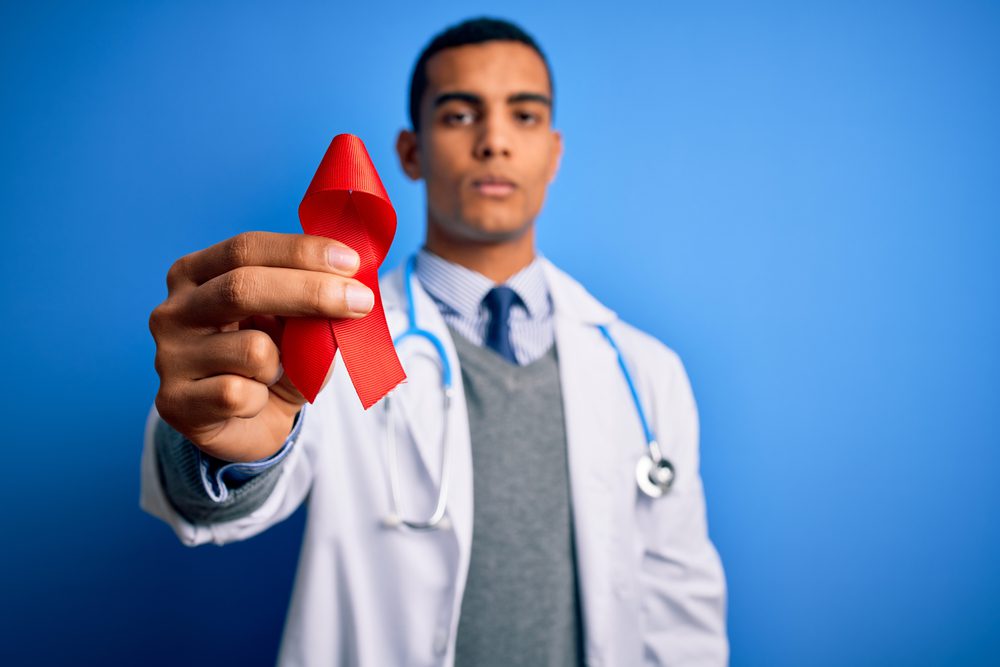HIV remains a significant issue for men and women around the world. In 2021, there were an estimated 38.4 million people living with HIV, and 1.5 million new HIV infections occurred. While there has been significant progress in the fight against HIV, the epidemic remains disproportionately concentrated among certain populations, including women, girls, and key populations such as gay men, bisexual men, and people who inject drugs.
There are a number of factors that contribute to HIV remaining a significant issue for men and women. These include:
- Gender inequality: Gender inequality puts women and girls at increased risk of HIV infection. Women and girls are more likely to experience sexual violence, which is a major risk factor for HIV transmission. They are also more likely to live in poverty and have less access to education and healthcare, which can make it difficult to prevent and treat HIV.
- Harmful gender norms: Harmful gender norms can also contribute to HIV transmission. For example, in some cultures, women are expected to be submissive and may not be able to negotiate safer sex with their partners. Harmful gender norms can also prevent people from seeking HIV testing and treatment.
- Lack of access to prevention and treatment: Many people living in high-HIV prevalence countries do not have access to the prevention and treatment services they need. This is due to a number of factors, including poverty, stigma and discrimination, and weak health systems.
How HIV affects men and women differently
HIV can affect men and women differently in a number of ways. For example, women are more likely to experience faster disease progression than men. They are also more likely to develop certain complications related to HIV, such as cervical cancer and pelvic inflammatory disease.
Women are also more likely to transmit HIV to their babies during pregnancy, childbirth, or breastfeeding. However, this risk can be significantly reduced with the use of antiretroviral therapy (ART).
What can be done to address the challenges posed by HIV for men and women?
There are a number of things that can be done to address the challenges posed by HIV for men and women. These include:
- Promoting gender equality: Promoting gender equality is essential to reducing the risk of HIV infection for women and girls. This includes empowering women and girls to make their own decisions about their bodies and their lives, and addressing violence against women and girls.
- Challenging harmful gender norms: It is also important to challenge harmful gender norms that can contribute to HIV transmission. This can be done through education and awareness-raising, as well as through social and cultural change.
- Expanding access to prevention and treatment: Expanding access to prevention and treatment services is essential to reducing the impact of HIV on men and women. This includes making ART available to everyone who needs it, as well as providing services such as pre-exposure prophylaxis (PrEP) and voluntary medical male circumcision (VMMC).
HIV remains a significant issue for men and women around the world, but there is no reason to believe that it cannot be defeated. By addressing the underlying social and economic determinants of HIV, and by expanding access to prevention and treatment services, we can create a world where everyone has the opportunity to live a healthy and productive life, regardless of their HIV status.
In addition to the above, here are some specific steps that can be taken to address the challenges posed by HIV for men and women:
- Increase investment in HIV prevention and treatment programs: This includes funding programs that promote gender equality, challenge harmful gender norms, and expand access to prevention and treatment services for all populations.
- Strengthen health systems: Strong health systems are essential for supporting HIV prevention, treatment, and care. This includes investing in healthcare infrastructure, training healthcare workers, and ensuring that everyone has access to quality healthcare services.
- Reduce stigma and discrimination: Stigma and discrimination can prevent people from seeking HIV testing and treatment, and can also make it difficult for people living with HIV to live full and productive lives. It is important to challenge stigma and discrimination against people living with HIV, and to promote understanding and acceptance.
By taking these steps, we can create a world where everyone is able to reach their full potential, regardless of their HIV status.
This story was created using AI technology.
















